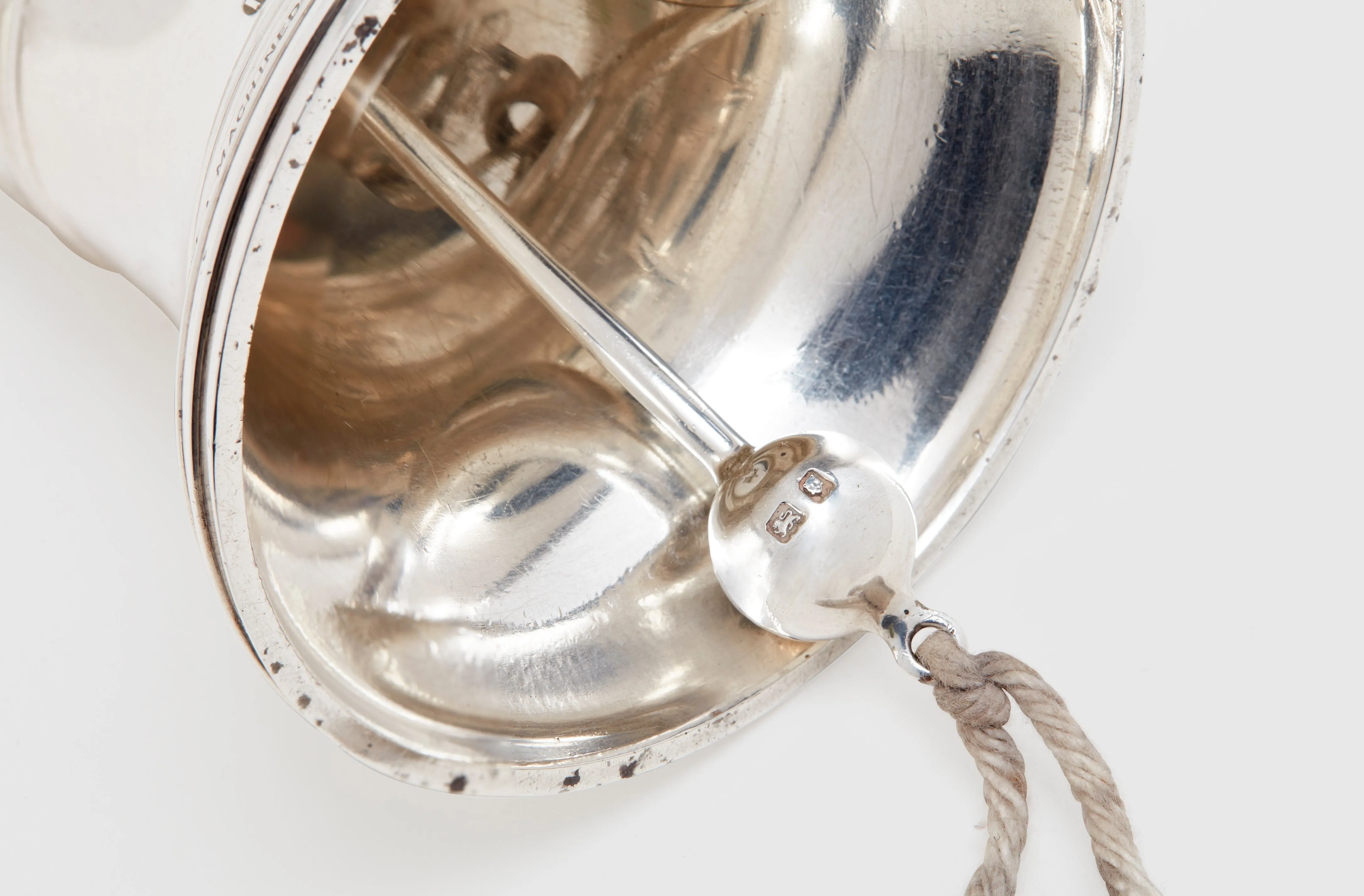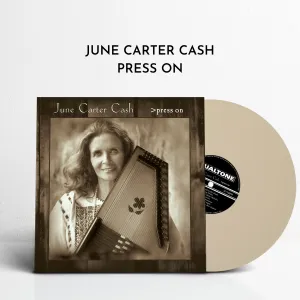A sterling silver scale model of the ship's bell that was fitted to the Royal Navy's Flagship of the fleet, the H.M.S Nelson. The Nelson was one of two Nelson-Class battelships commissioned by the Royal Navy between World War One and Two. The boat was named after the greatest sailor to have lived in Great Briton; Horatio Nelson, 1st Viscount Nelson, the victor at the Battle of Trafalgar.
These two ships were unique in British battleship construction, being the only ships to carry a main armament of 16 inch (406mm) guns and the only ones to carry all the main armament forward of the superstructure. These were a result of the limitations of the Washington Naval Treaty.
The Nelson performed many roles during the Second World War including the hunting of the crown jewel in the German Navy, The Bismark, and was involved in providing barrages at both the allied landings in Sicily in 1943, and the D-Day landings in 1944.
The bell itself was a gift from the people of Newcastle Upon Tyne to the Royal Navy, and was paid for with a collection of coins that helped pay for the seven thousand ounces of silver used to make the largest sterling silver bell ever made. It was made in 1928 by J.Stone & Co. Ltd. in Deptford, London. Josiah Stone founded the engineering workshop in 1831 producing cast copper nails for the shipbuilding being undertaken in nearby Greenwich. The company was a prolific contributor to parts for the Royal Navy, including over twenty two thousand propellors during W.W.2. It also made parts for the R.M.S Queen Mary, R.M.S Queen Elizabeth and Royal Yacht Britainia.
After the war, and the decommissioning of H.M.S Nelson the bell was returned to the city of Newcastle where is was duly put on display at the Laing Art Gallery in 1949.
This scale model is an exact replica, and is superb in both its quality and weight. It has the crest of the city of Newcastle hand engraved on the front, under Nelson's name, along with the city's motto; 'Fortiter Defendit Triumphans'. This translates to; 'Triumphing by brave defense'. Also, the year of its manufacture, 1928.
On the reverse side is an inscription; "Worlds largest silver bell cast and machined by J. Stone & Co. Ltd. Deptford". Above this is the London assay hallmark of Henry Hudson Plante, and the date of manufacture of 1929. The original bell dinger is complete inside, and has also the original English assay marks on it, along with the original piece of string. It rings and produces a beautiful note.
It is hard to speculate why and for whom this piece was commissioned, but it is more than likely for a high ranking member of the Royal Navy, or indeed the British Government, such is the quality and uniqueness of it.















